Powell Hints at Rate Cuts, But Fed Divisions and Tariff Inflation Complicate the Path
Input
Changed
“Balance Between Jobs and Inflation Has Shifted”: Powell hints at possible rate cuts. Fed divided over whether to prioritize employment or inflation control. Retail inventories running low, raising fears of tariff-driven inflation.
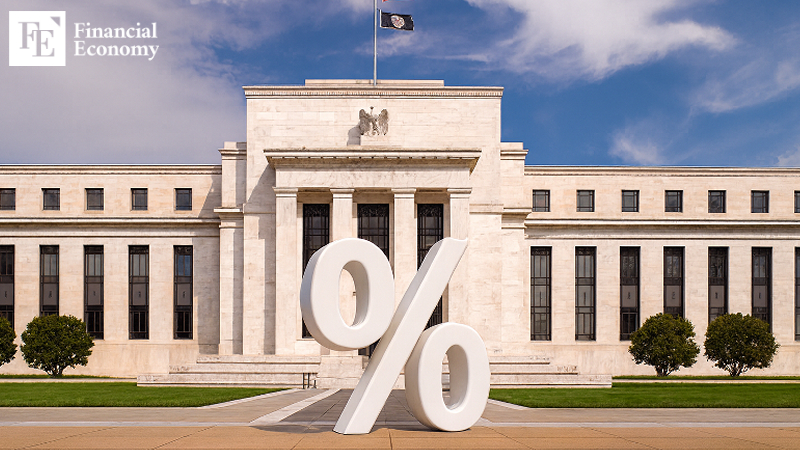
Markets are beginning to expect a shift in U.S. monetary policy. Recent remarks by Federal Reserve Chair Jerome Powell suggested room for possible rate cuts, fueling speculation that the Federal Open Market Committee (FOMC) may adjust rates at its meeting next month. However, some Fed officials remain cautious, warning that cutting rates now could be premature given persistent inflation risks.
Powell Signals Possible Rate Cuts
On the 26th, financial industry sources confirmed that Federal Reserve Chair Jerome Powell hinted at the possibility of rate cuts during his keynote speech at the Jackson Hole Economic Policy Symposium in Wyoming on the 22nd (local time). Powell noted that while the labor market remains solid and the economy shows resilience, downside risks are mounting. At the same time, he warned that tariffs are fueling renewed inflationary pressures, making it critical to avoid stagflation—a combination of recession and rising prices.
Powell explained that U.S. growth in the first half of this year was 1.2%, only half of 2024’s 2.5% pace, largely due to weakening consumption. He added that the benchmark interest rate now stands one percentage point lower than at last year’s Jackson Hole speech, while unemployment remains low—conditions that, in his view, provide room to carefully consider policy changes.
He also acknowledged that tariffs are beginning to lift consumer prices but stressed that it remains uncertain whether this will lead to sustained inflation. According to Powell, the balance of risks between the Fed’s two mandates—full employment and price stability—appears to be shifting. His remarks were widely interpreted as signaling a readiness to resume rate cuts. The New York Times called it “the strongest indication yet that the Fed is preparing to lower rates,” while The Wall Street Journal noted that Powell “left the door open” to a rate cut in next month’s policy decision.
Fed Divided Over September Rate Decision
Still, analysts caution that a rate cut in September is far from certain. Bloomberg noted that while Powell left the door open, his remarks were not as explicit as last year. Unlike 2023, when many officials pressed for swift easing, support for cuts within the Fed appears weaker this year. Bloomberg also pointed out that at the July FOMC meeting, two governors opposed holding rates steady. If cuts are made in September, other members could object.
Statements from Fed officials underscore these divisions. Boston Fed President Susan Collins told Bloomberg that if labor market conditions worsen more than inflation risks, a September cut could be appropriate. Former St. Louis Fed President James Bullard, considered a candidate for the next Fed chair, said rates remain high and could fall by about 1.0 percentage point by 2026, predicting that cuts may begin in September with further moves later this year.
Others, however, argue it is too soon. Cleveland Fed President Beth Hammack said, “If we had to decide tomorrow, I would not support a cut,” citing inflation that “remains too high and has been rising over the past year.” She acknowledged concerns over employment but noted joblessness is still close to maximum-employment estimates. Kansas City Fed President Jeffrey Schmid likewise stressed that inflation risks continue to outweigh labor market risks, ruling out support for a near-term cut.

U.S. Inflation Stirring Again
As some Fed officials had warned, tariff-driven inflationary pressures are now surfacing more visibly in U.S. markets. Many economists had expected a lag before tariffs filtered into consumer prices, since retailers had stockpiled inventory to cushion the impact. The assumption was that price hikes would only emerge once major chains ran through reserves and passed costs onto consumers.
That moment appears to have arrived. With inventories depleted at Costco, Williams-Sonoma, and Target, companies are beginning to offset tariff costs through price increases. According to The Washington Post, Walmart has raised prices on baby products, kitchenware, and toys. Nike has also marked up certain items, while Procter & Gamble (P&G) announced it would lift prices by 2.5% on some household goods—including detergent, diapers, and toothbrushes—starting this month.
Wall Street now expects tariff-driven inflation to persist. Goldman Sachs reported that as of June, U.S. firms were still absorbing about 64% of tariff costs. But if past patterns hold, that absorption rate could fall to 10%, leaving consumers shouldering as much as 67% of the burden.

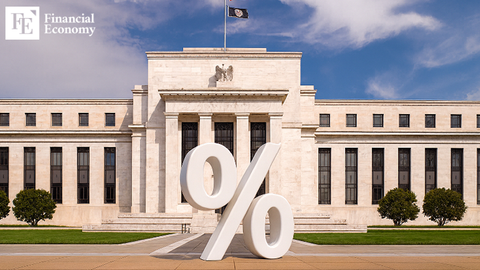
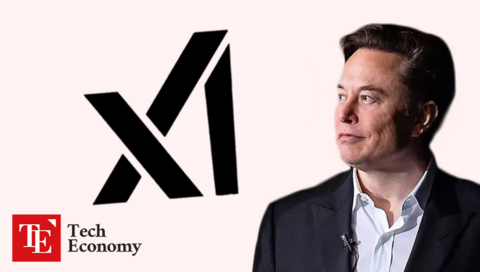
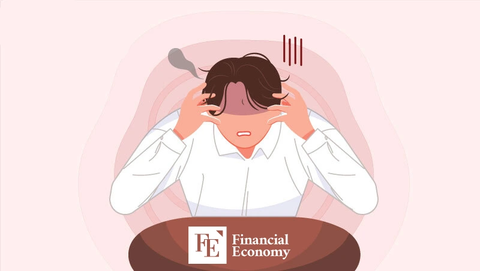
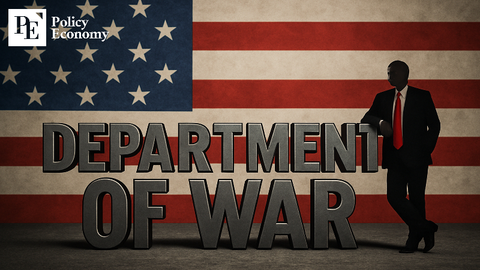
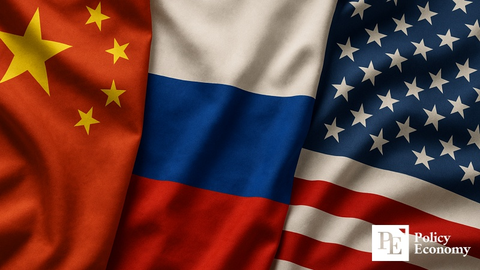


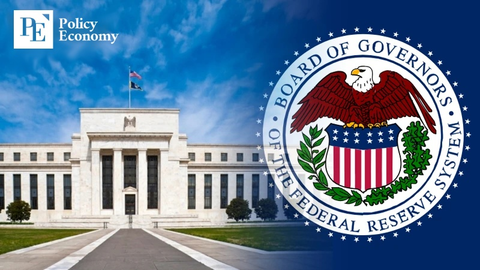













Comment